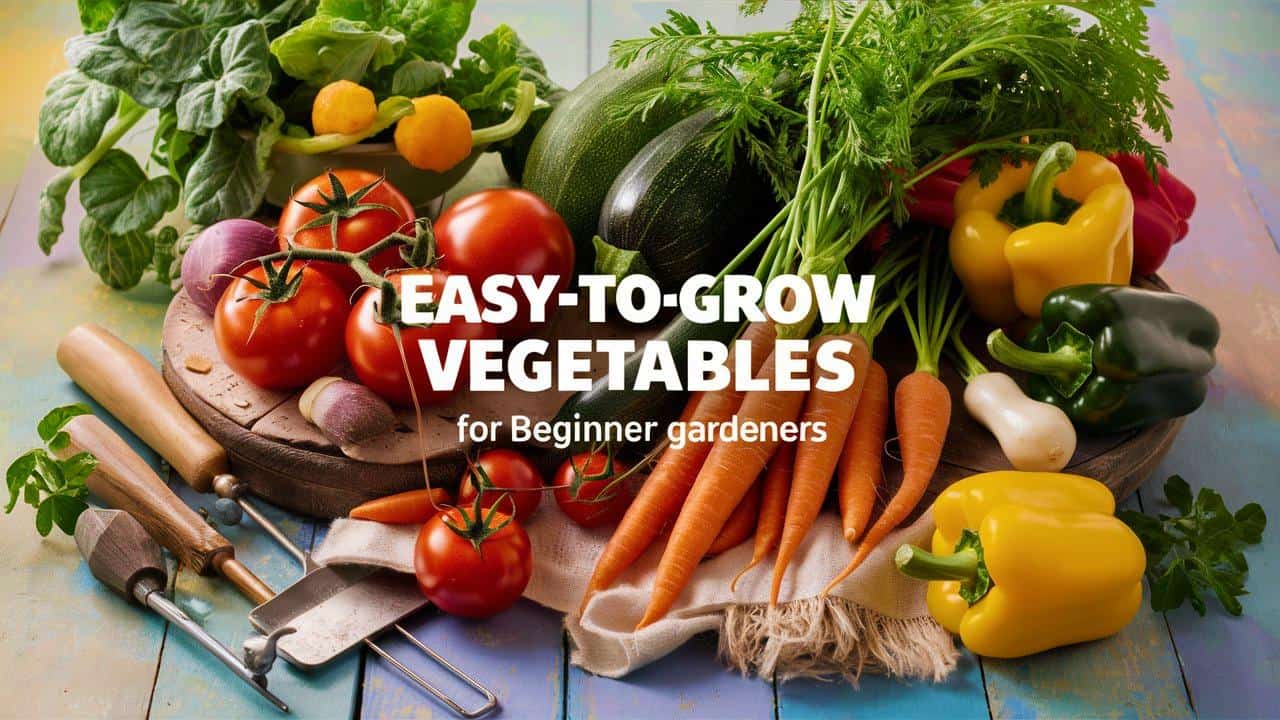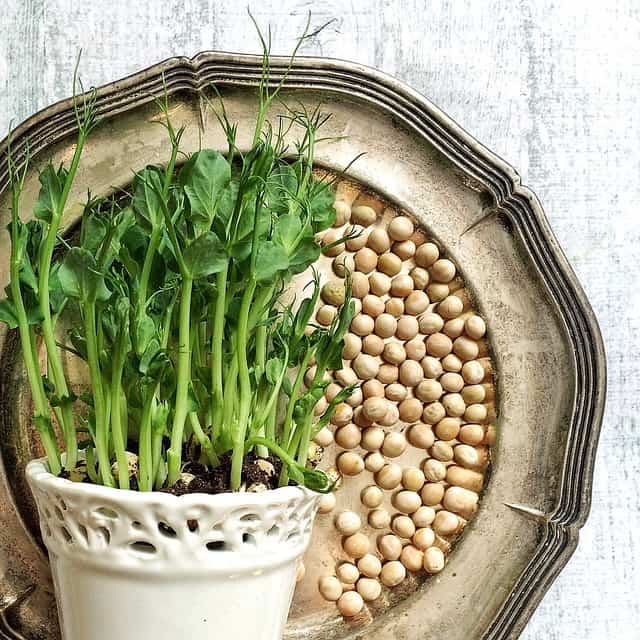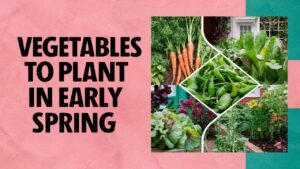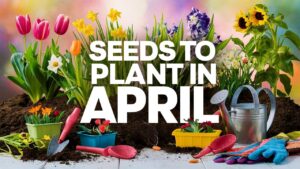As a beginner gardener, the prospect of starting your own vegetable patch can feel daunting. With so many options to choose from, it’s hard to know where to start. However, there are certain vegetables that are particularly well-suited for novice growers. In this blog post, we’ll explore four of the easiest vegetables to cultivate, perfect for those just starting their gardening journey.
Radishes
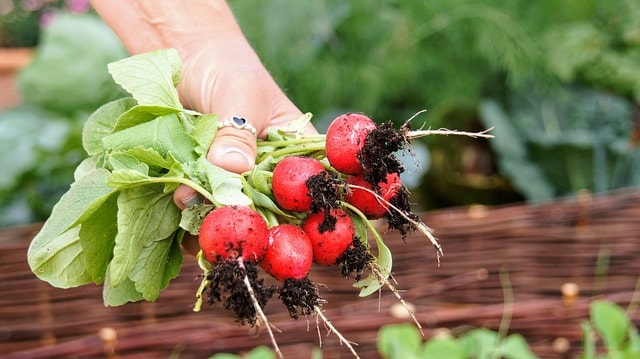
Radishes are an excellent choice for beginner gardeners due to their speedy growth and minimal maintenance requirements. These crunchy root vegetables can go from seed to harvest in as little as 3-4 weeks, making them one of the quickest crops to mature. Radishes thrive in cool weather and can be sown directly into the ground, eliminating the need for seedling trays or transplanting.
To grow radishes successfully, simply sow the seeds about 1/2 inch deep and 1 inch apart in well-drained, nutrient-rich soil. Keep the soil consistently moist, and thin the seedlings to 2 inches apart once they sprout. Radishes are ready to harvest when the roots are about 1 inch in diameter, usually within 3-4 weeks of planting. With their vibrant colors, peppery flavor, and lightning-fast growth, radishes are a fantastic entry point for beginner gardeners.
Cherry Tomatoes
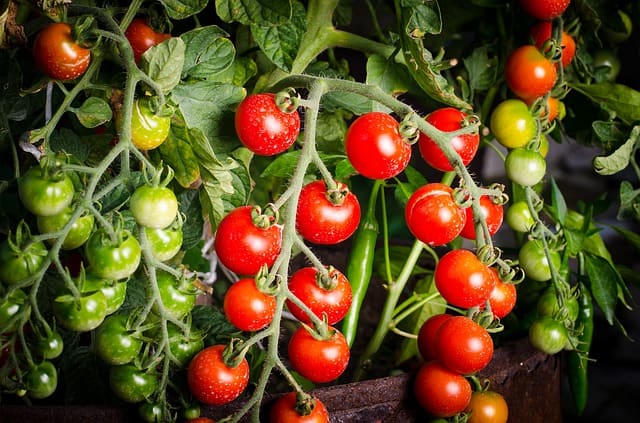
While full-sized tomato plants can be challenging for novice growers, cherry tomatoes are a much more forgiving option. These bite-sized beauties are prolific producers, yielding an abundance of sweet, juicy fruit throughout the growing season.
Cherry tomatoes are relatively low-maintenance, requiring well-draining soil, consistent watering, and support from cages or stakes as the plants grow. They can be started from seed indoors 6-8 weeks before the last frost date, then transplanted into the garden once the weather warms up. Alternatively, you can purchase cherry tomato seedlings from a local nursery or garden center.
One of the best things about cherry tomatoes is their ability to thrive in containers, making them an excellent choice for gardeners with limited space. With their compact size and heavy yields, cherry tomatoes are a rewarding and beginner-friendly addition to any vegetable garden.
Cucumbers
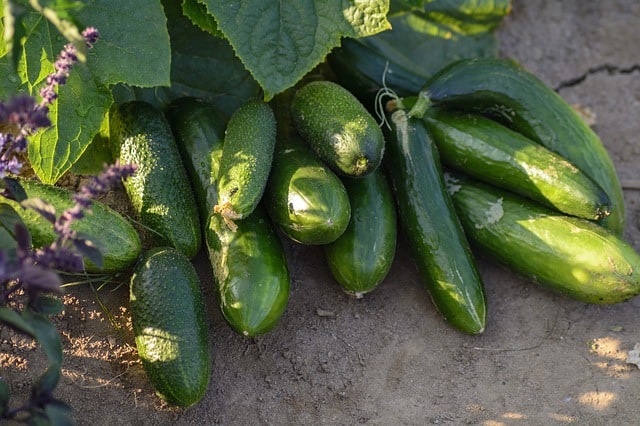
Cucumbers are another vegetable that is well-suited for novice growers. These refreshing, crisp veggies are relatively easy to cultivate, with a relatively short time from planting to harvest.
To grow cucumbers successfully, choose a sunny location with well-draining soil. Sow the seeds directly into the ground, planting them about 1 inch deep and 12 inches apart. Provide support for the vines, such as a trellis or cage, to keep the cucumbers off the ground and prevent disease. Consistent watering is key, as cucumbers require moist soil to thrive.
One of the great things about cucumbers is their versatility. They can be enjoyed fresh in salads, pickled, or even used in refreshing summer drinks. With their prolific yields and easy-to-grow nature, cucumbers are a fantastic choice for beginner gardeners.
Summer Squash
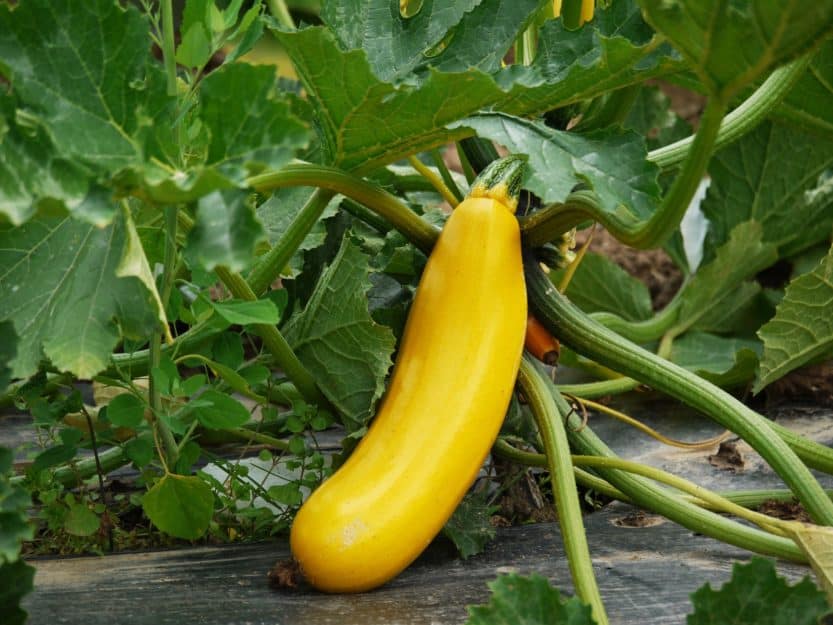
Summer squash, such as zucchini and yellow squash, are incredibly easy to grow and produce an abundance of produce throughout the warm months. These fast-growing plants are perfect for beginner gardeners, as they require minimal maintenance and can tolerate a wide range of soil conditions.
To grow summer squash, sow the seeds directly into the ground, spacing them about 18-24 inches apart. Provide the plants with consistent moisture and plenty of sunshine, and you’ll be rewarded with a bountiful harvest. Summer squash can be harvested when the fruits are 6-8 inches long, typically just 4-6 weeks after planting.
One of the benefits of summer squash is their versatility in the kitchen. From grilled zucchini to zucchini bread, these veggies can be prepared in a variety of delicious ways. Plus, their prolific nature means you’ll have plenty to share with friends and family.
Kale
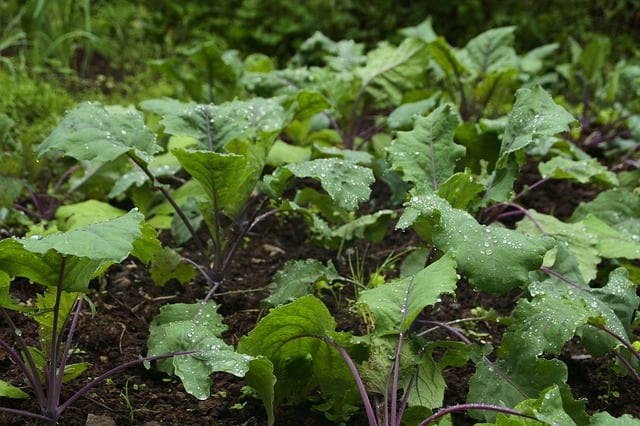
In addition to the previously mentioned vegetables, kale is another excellent choice for beginner gardeners. This nutrient-dense green is remarkably hardy and can thrive in a wide range of climates and soil conditions.
Kale is a cool-weather crop that can be sown directly into the ground in early spring or fall. It grows quickly, with leaves ready for harvesting in as little as 4-6 weeks. To grow kale successfully, choose a sunny location with well-draining soil and sow the seeds about 1/2 inch deep and 12 inches apart. Keep the soil consistently moist, and thin the seedlings to 12 inches apart once they sprout.
One of the great things about kale is its ability to withstand frost and even light freezes, making it a versatile crop that can be enjoyed throughout the growing season. The leaves can be harvested individually or the entire plant can be cut just above the soil line, allowing it to regrow for multiple harvests. Kale is a nutritional powerhouse, packed with vitamins, minerals, and antioxidants, making it a valuable addition to any beginner’s vegetable garden.
Carrots
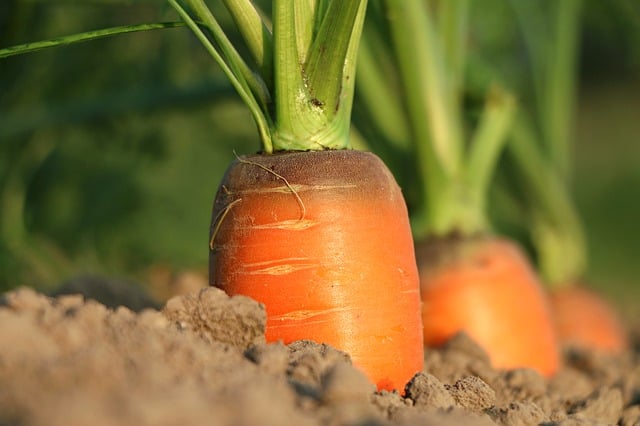
Carrots are another beginner-friendly vegetable that are relatively easy to grow. These root vegetables thrive in cool weather and can be sown directly into the ground, eliminating the need for transplanting.
To grow carrots successfully, choose a sunny location with loose, well-draining soil that is free of rocks and debris. Sow the seeds about 1/4 inch deep and 1 inch apart, keeping the soil consistently moist until the seeds germinate. Once the seedlings emerge, thin them to 2-3 inches apart to allow the roots to develop properly.
Carrots require patience, as they can take 2-3 months to reach full maturity. However, with proper care and attention, you’ll be rewarded with a bountiful harvest of sweet, crunchy carrots. These versatile veggies can be enjoyed raw, roasted, or incorporated into a variety of dishes, making them a valuable addition to any beginner’s vegetable garden.
Green Beans

Green beans are a fantastic choice for beginner gardeners, as they are relatively easy to grow and produce a reliable harvest. These prolific plants can be sown directly into the ground and require minimal maintenance throughout the growing season.
To grow green beans, choose a sunny location with well-draining soil and sow the seeds about 1 inch deep and 4 inches apart. Provide support for the plants, such as a trellis or cage, to keep the beans off the ground and prevent disease. Keep the soil consistently moist, and be sure to regularly harvest the beans to encourage continued production.
One of the benefits of growing green beans is their versatility in the kitchen. They can be enjoyed raw, steamed, sautéed, or even preserved through canning or freezing. Plus, with their fast growth and high yields, green beans are a rewarding and beginner-friendly addition to any vegetable garden.
Spinach
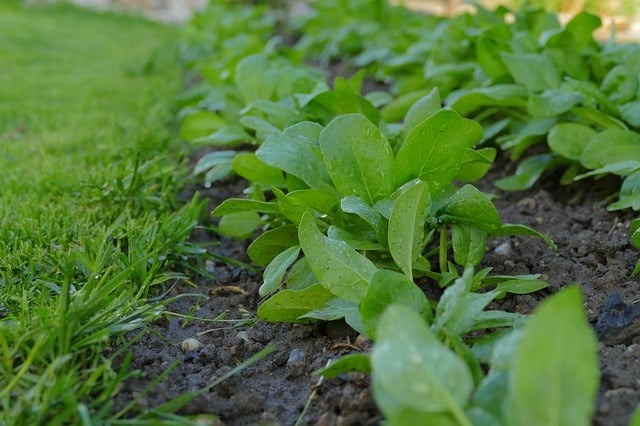
Spinach is a cool-weather crop that is well-suited for beginner gardeners. This nutrient-dense green is relatively easy to grow and can be harvested multiple times throughout the season.
To grow spinach successfully, choose a location that receives partial shade and has well-draining, nutrient-rich soil. Sow the seeds directly into the ground, planting them about 1/2 inch deep and 2 inches apart. Keep the soil consistently moist, and thin the seedlings to 4 inches apart once they sprout.
One of the great things about spinach is its versatility. It can be enjoyed raw in salads, sautéed as a side dish, or even incorporated into soups and stews. Spinach is also a fast-growing crop, with leaves ready for harvesting in as little as 4-6 weeks. By succession planting (sowing new seeds every few weeks), you can enjoy a continuous harvest of fresh, flavorful spinach throughout the growing season.
Potatoes

Potatoes are a fantastic choice for beginner gardeners, as they are relatively easy to grow and can provide a bountiful harvest. These versatile tubers thrive in cool weather and can be grown in a variety of soil types, making them a great option for gardeners with limited space or less-than-ideal growing conditions.
To grow potatoes successfully, start by purchasing seed potatoes, which are small, certified disease-free potato pieces with eyes. Cut the seed potatoes into chunks, ensuring that each piece has at least one eye, and plant them about 12 inches apart and 4 inches deep in well-draining soil. As the plants grow, mound soil or mulch around the stems to encourage the development of new potatoes.
One of the benefits of growing potatoes is their ability to produce a high yield in a relatively small space. With proper care and attention, a single potato plant can yield up to 10 pounds of delicious tubers. Potatoes are also highly versatile in the kitchen, making them a valuable addition to any beginner’s vegetable garden.
Sugar Snap Peas
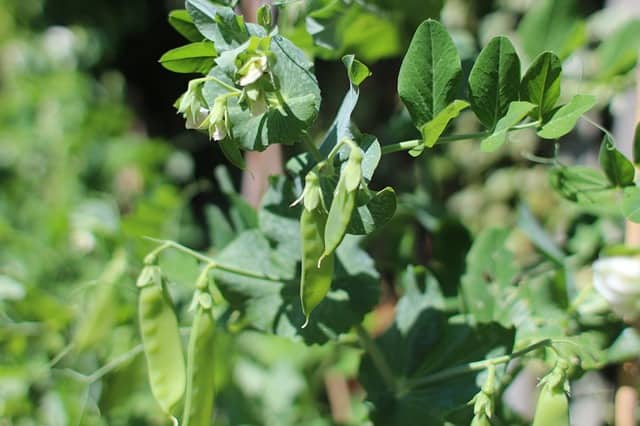
Sugar snap peas are a delightful and easy-to-grow vegetable that are perfect for beginner gardeners. These crunchy, sweet peas can be enjoyed raw, steamed, or added to a variety of dishes, making them a versatile and rewarding crop to cultivate.
To grow sugar snap peas, sow the seeds directly into the ground as soon as the soil can be worked in early spring. Plant the seeds about 1 inch deep and 2 inches apart, providing support such as a trellis or fence for the vines to climb. Sugar snap peas thrive in cool weather and can tolerate light frosts, allowing for an extended growing season.
One of the best things about sugar snap peas is their quick maturity. From sowing to first harvest, it typically takes only 60-70 days for the peas to be ready for picking. With their prolific production and ease of care, sugar snap peas are an excellent choice for beginner gardeners looking to experience the satisfaction of a successful vegetable harvest.
Swiss Chard
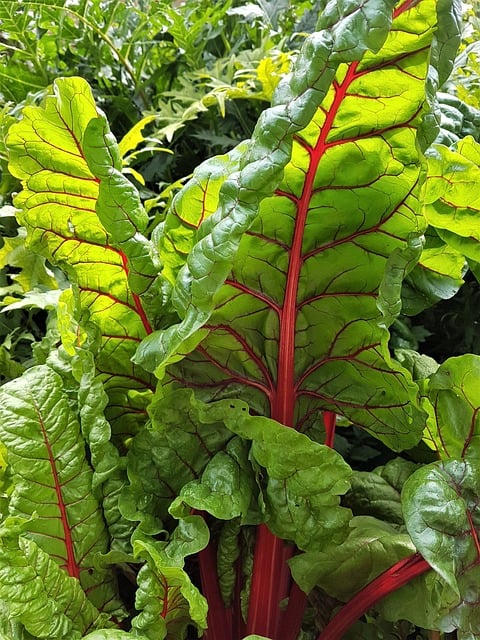
Swiss chard is a hardy, leafy green that is well-suited for beginner gardeners. This nutrient-dense vegetable is relatively easy to grow and can provide a steady supply of fresh greens throughout the growing season.
To cultivate Swiss chard, choose a sunny location with well-draining soil and sow the seeds directly into the ground, spacing them about 12 inches apart. Swiss chard can tolerate a range of soil conditions and even light frosts, making it a versatile and forgiving crop. Keep the soil consistently moist, and be sure to regularly harvest the leaves to encourage continued growth.
One of the benefits of Swiss chard is its multi-colored stems, which can add a beautiful and vibrant touch to any vegetable garden. The leaves can be enjoyed raw in salads, sautéed as a side dish, or even incorporated into soups and stews. With its impressive nutritional profile and easy-to-grow nature, Swiss chard is a fantastic choice for beginner gardeners.
Beets
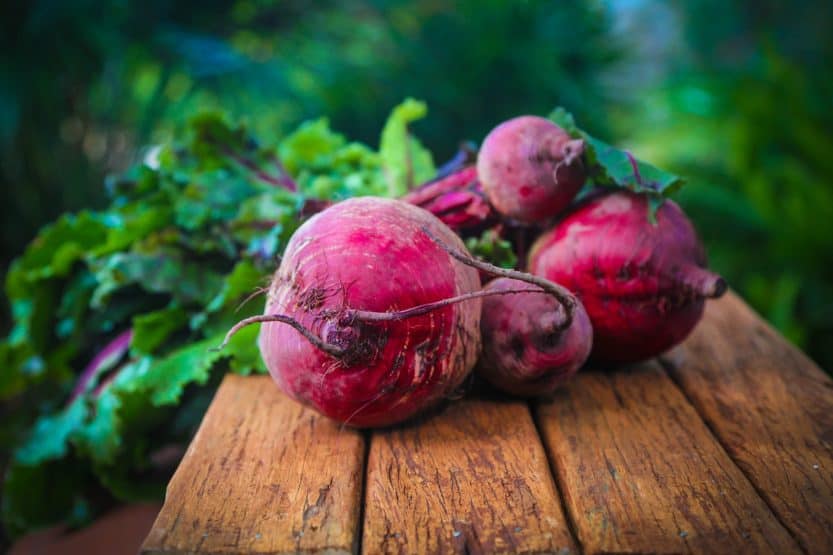
Beets are a root vegetable that are particularly well-suited for beginner gardeners. These colorful, nutrient-dense crops are relatively easy to grow and can thrive in a wide range of soil conditions.
To grow beets successfully, sow the seeds directly into the ground, planting them about 1 inch deep and 2 inches apart. Beets prefer cool weather and can be sown in early spring or late summer for a fall harvest. Keep the soil consistently moist, and thin the seedlings to 4 inches apart once they sprout.
One of the great things about beets is their versatility in the kitchen. The roots can be roasted, pickled, or added to salads, while the greens can be sautéed or added to soups and stews. Beets are also a relatively fast-growing crop, with roots ready for harvesting in as little as 50-60 days.
With their vibrant colors, nutritional benefits, and beginner-friendly growing requirements, beets are an excellent addition to any vegetable garden. Whether you’re a seasoned gardener or a complete novice, these easy-to-grow roots are sure to provide a rewarding and delicious harvest.
Peppers
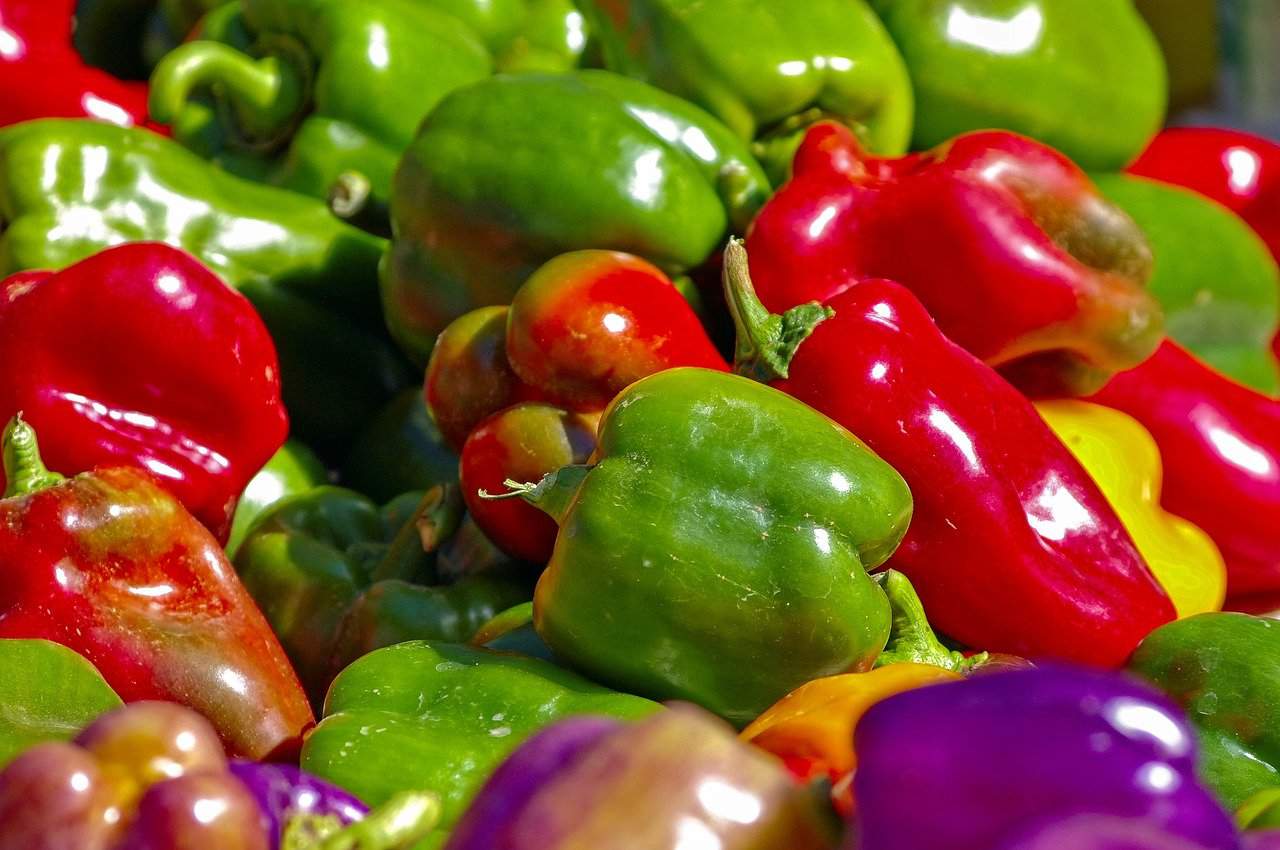
Peppers are a fantastic choice for beginner gardeners, as they are relatively easy to grow and can provide a bountiful harvest of flavorful, colorful produce. Whether you prefer sweet bell peppers or spicy chili peppers, these versatile veggies are well-suited for even the most novice of green thumbs.
To grow peppers successfully, start by selecting a sunny location with well-draining soil. Sow the seeds indoors 6-8 weeks before the last expected frost date, then transplant the seedlings into the garden once the weather warms up. Provide the plants with consistent moisture and ample space to spread out, as peppers can become quite bushy as they mature.
One of the great things about peppers is their relatively quick maturation time, with most varieties reaching harvest-readiness in just 60-90 days. This means you can enjoy a steady supply of fresh peppers throughout the growing season. Plus, with their vibrant colors and wide range of flavors, peppers can be used in a variety of dishes, from stir-fries and salads to salsas and roasted vegetable medleys.
Zucchini
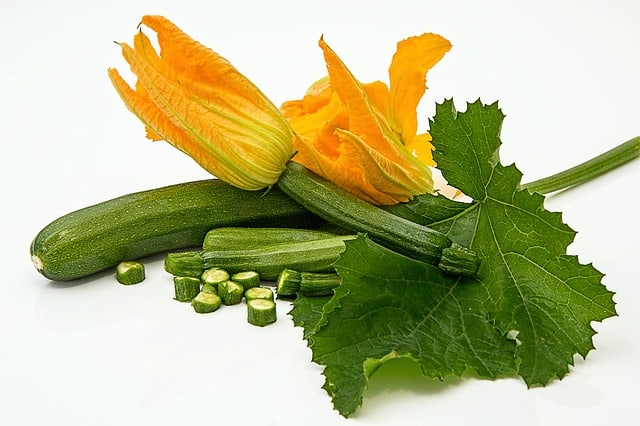
Zucchini is another vegetable that is incredibly easy for beginner gardeners to grow. These prolific summer squash plants are known for their rapid growth and high yields, making them a reliable and rewarding crop for novice growers.
To cultivate zucchini successfully, choose a sunny location with well-draining soil and sow the seeds directly into the ground, spacing them about 3-4 feet apart. Provide the plants with consistent moisture and ample room to sprawl, as zucchini plants can become quite large and sprawling as they mature.
One of the benefits of growing zucchini is its versatility in the kitchen. From grilled zucchini boats to zucchini bread, these versatile veggies can be prepared in a variety of delicious ways. Plus, with their fast growth and heavy production, you’re sure to have an abundance of zucchini to enjoy throughout the summer months.
Pumpkins
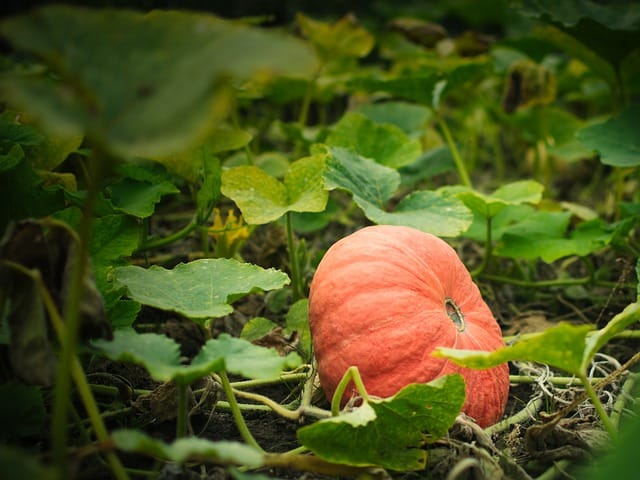
Pumpkins are a fun and beginner-friendly vegetable to grow, with their large, vining plants and iconic fall-themed fruits. While they may require a bit more space than some other vegetables, pumpkins are relatively easy to cultivate and can provide a bountiful harvest.
To grow pumpkins successfully, choose a sunny location with well-draining soil and sow the seeds directly into the ground, spacing them about 4-6 feet apart. Provide the plants with consistent moisture and ample room to spread out, as pumpkin vines can become quite large and sprawling.
One of the great things about growing pumpkins is the opportunity to get creative. From carving jack-o’-lanterns for Halloween to baking pumpkin pies and other seasonal treats, these versatile fruits can be enjoyed in a variety of ways. Plus, with their vibrant colors and whimsical shapes, pumpkins can add a fun and festive touch to any beginner’s vegetable garden.
Lettuce
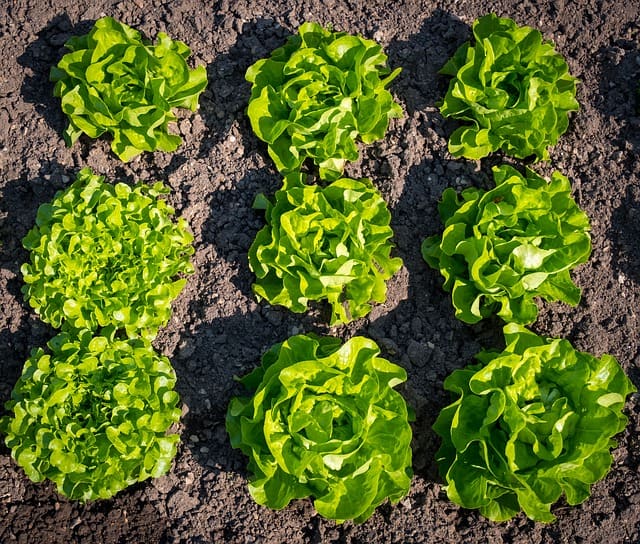
Lettuce is an excellent choice for beginner gardeners, as it is relatively easy to grow and can provide a steady supply of fresh, nutrient-dense greens throughout the growing season.
To cultivate lettuce successfully, choose a location that receives partial shade and has well-draining, nutrient-rich soil. Sow the seeds directly into the ground, spacing them about 1 inch apart and 1/4 inch deep. Keep the soil consistently moist, and thin the seedlings to 6-8 inches apart once they sprout.
One of the benefits of growing lettuce is its quick maturation time, with most varieties reaching harvest-readiness in just 4-6 weeks. This allows beginner gardeners to enjoy the satisfaction of a successful harvest in a relatively short amount of time. Additionally, lettuce is a versatile crop that can be grown in a variety of ways, from traditional garden beds to containers and raised planters, making it a great option for gardeners with limited space.
Celery
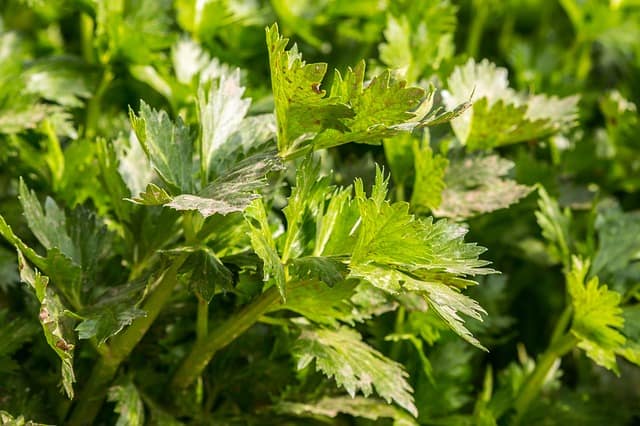
Celery may seem like a challenging vegetable to grow, but it can actually be a great option for beginner gardeners. While it does require a bit more attention than some other crops, the satisfaction of harvesting your own homegrown celery is well worth the effort.
To grow celery successfully, start by sowing the seeds indoors 10-12 weeks before the last expected frost date. Once the seedlings have developed, transplant them into the garden, spacing them about 6-8 inches apart in well-draining, nutrient-rich soil. Celery thrives in cool, moist conditions, so be sure to keep the soil consistently damp and provide partial shade if necessary.
As the celery stalks grow, you can “blanch” them by wrapping the plants in cardboard or burlap to exclude light and promote the development of tender, flavorful stalks. With proper care and attention, you can enjoy a steady harvest of fresh, crisp celery throughout the growing season.
Garlic
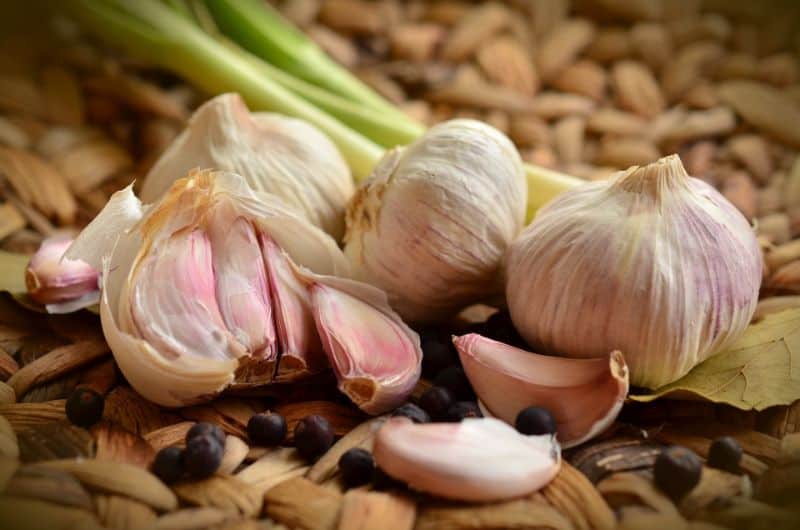
Garlic is a wonderfully easy-to-grow vegetable that is perfect for beginner gardeners. Unlike many other crops, garlic is planted in the fall and harvested the following summer, making it a low-maintenance addition to your vegetable garden.
To grow garlic, simply separate the individual cloves and plant them about 2 inches deep and 6 inches apart in well-draining soil. Mulch the soil around the plants to help retain moisture and suppress weeds. Over the winter, the garlic will develop strong roots and begin to sprout in the spring.
One of the great things about growing garlic is that it requires minimal attention once it’s in the ground. As the plants mature, you can simply sit back and watch them grow, with the added benefit of their natural pest-repelling properties. When the time comes to harvest, you’ll be rewarded with a bountiful crop of flavorful, homegrown garlic that can be used in a variety of dishes.
Cabbage
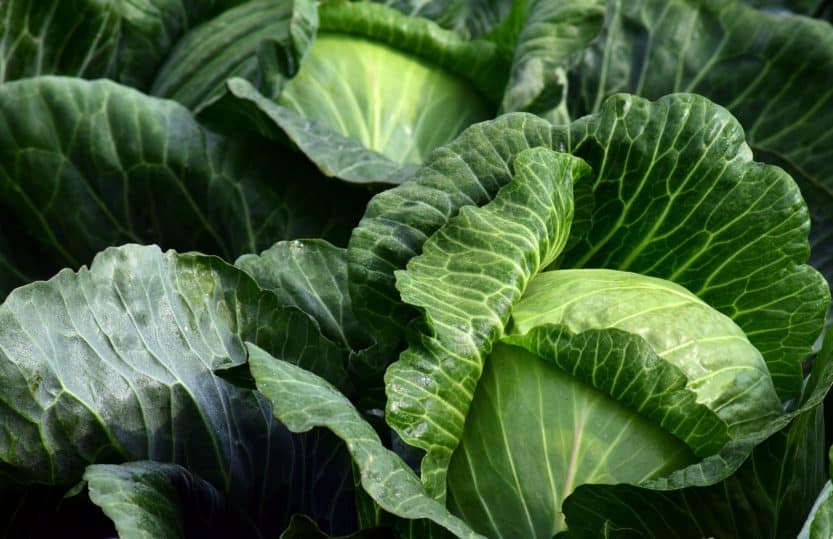
Cabbage is a cool-weather crop that is well-suited for beginner gardeners. These hardy heads of leafy goodness are relatively easy to grow and can provide a steady supply of fresh, nutritious produce throughout the growing season.
To cultivate cabbage successfully, choose a sunny location with well-draining soil and sow the seeds directly into the ground, spacing them about 12-18 inches apart. Keep the soil consistently moist and be sure to provide the plants with ample space to develop their large, dense heads.
One of the benefits of growing cabbage is its versatility in the kitchen. From coleslaw and sauerkraut to stuffed cabbage rolls and hearty soups, these versatile veggies can be prepared in a variety of delicious ways. Plus, with their long shelf life, you can enjoy the fruits of your labor for weeks or even months after harvesting.
Watermelon

Watermelon may seem like an ambitious choice for beginner gardeners, but with the right growing conditions, it can actually be a relatively easy and rewarding crop to cultivate.
To grow watermelon successfully, choose a sunny location with well-draining, nutrient-rich soil. Sow the seeds directly into the ground, spacing them about 6-8 feet apart to accommodate the large, sprawling vines. Provide the plants with consistent moisture and ample room to spread out, as watermelons require a significant amount of space to thrive.
One of the great things about growing watermelon is the sheer joy of harvesting a perfectly ripe, juicy fruit from your own backyard. With their vibrant colors and refreshing flavors, watermelons are a summertime staple that can be enjoyed in a variety of ways, from sliced and chilled to blended into refreshing smoothies and cocktails.
Winter Squash
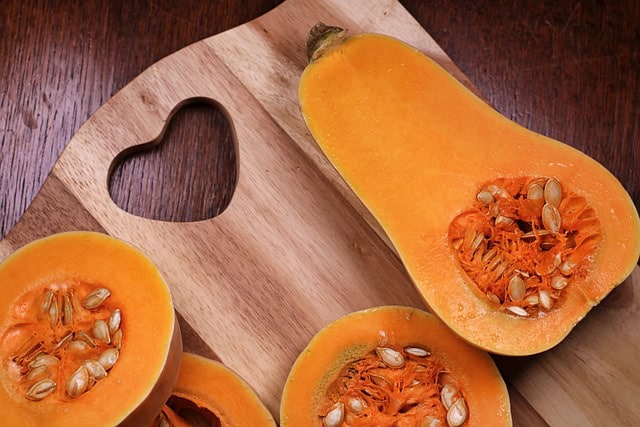
Winter squash, such as butternut, acorn, and spaghetti squash, are excellent choices for beginner gardeners. These hardy, long-storing vegetables are relatively easy to grow and can provide a bountiful harvest of flavorful, nutrient-dense produce.
To cultivate winter squash successfully, choose a sunny location with well-draining soil and sow the seeds directly into the ground, spacing them about 3-4 feet apart. As the vines grow, provide them with ample room to spread out and consider using a trellis or other support system to keep the fruits off the ground.
One of the benefits of growing winter squash is their long shelf life. With proper curing and storage, many varieties can be kept for several months, allowing you to enjoy the fruits of your labor well into the winter months. Additionally, winter squash is incredibly versatile in the kitchen, lending itself to a wide range of dishes, from roasted squash to hearty soups and stews.
Broccoli
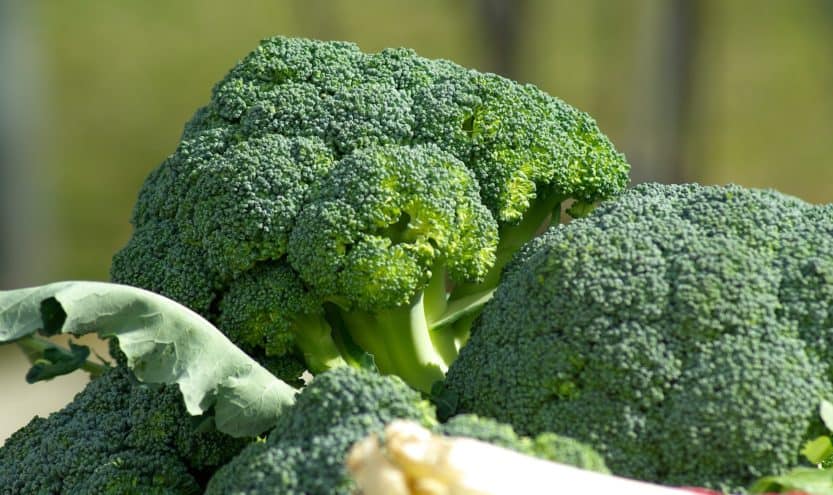
Broccoli is a cool-weather crop that is well-suited for beginner gardeners. This nutrient-dense vegetable is relatively easy to grow and can provide a steady supply of fresh, flavorful produce throughout the growing season.
To cultivate broccoli successfully, choose a sunny location with well-draining, nutrient-rich soil. Sow the seeds directly into the ground or start them indoors and transplant the seedlings into the garden. Space the plants about 12-18 inches apart and keep the soil consistently moist.
One of the great things about growing broccoli is its ability to produce multiple harvests. After the initial central head is cut, the plant will often produce smaller side shoots, allowing you to enjoy a continuous supply of fresh broccoli. Additionally, broccoli is a versatile vegetable that can be enjoyed raw, steamed, roasted, or incorporated into a variety of dishes.
Leeks
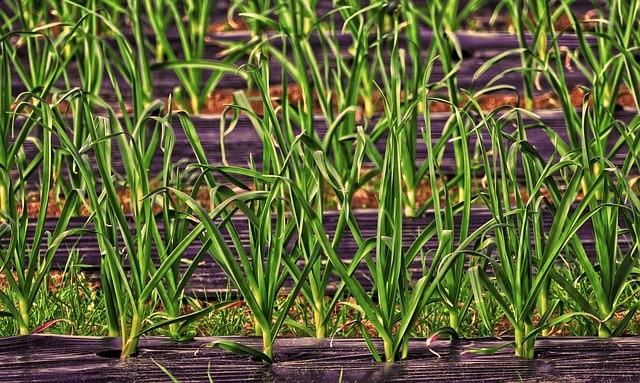
Leeks are a fantastic choice for beginner gardeners, as they are relatively easy to grow and can provide a unique and flavorful addition to your vegetable garden.
To cultivate leeks successfully, choose a sunny location with well-draining, nutrient-rich soil. Sow the seeds directly into the ground or start them indoors and transplant the seedlings into the garden, spacing them about 6 inches apart. As the leeks grow, gradually hill soil or mulch around the stems to blanch the white, tender portion of the plant.
One of the benefits of growing leeks is their long growing season, with many varieties taking 100-120 days to reach maturity. This allows beginner gardeners to enjoy a steady supply of this versatile allium throughout the fall and winter months. Leeks can be used in a variety of dishes, from soups and stews to roasted vegetable medleys, adding a delicate, onion-like flavor to your culinary creations.
Turnips
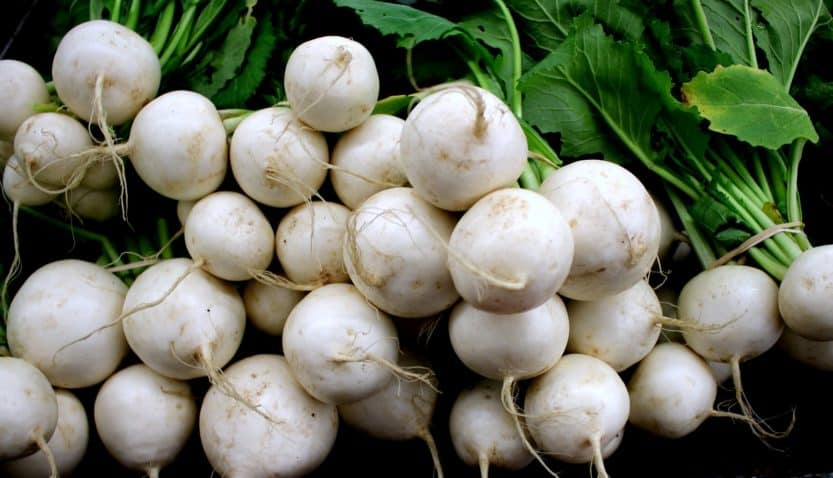
Turnips are a hardy, cool-weather crop that are well-suited for beginner gardeners. These nutritious root vegetables are relatively easy to grow and can provide a quick and satisfying harvest.
To cultivate turnips successfully, choose a sunny location with well-draining, nutrient-rich soil. Sow the seeds directly into the ground, spacing them about 2-3 inches apart and 1/2 inch deep. Keep the soil consistently moist, and thin the seedlings to 4-6 inches apart once they sprout.
One of the great things about growing turnips is their versatility in the kitchen. The roots can be enjoyed raw in salads, roasted, or mashed, while the greens can be sautéed or added to soups and stews. With their quick maturation time, typically around 4-6 weeks, turnips are an excellent choice for beginner gardeners looking to experience the satisfaction of a successful vegetable harvest in a relatively short amount of time.
For beginner gardeners looking to add a touch of gourmet flair to their vegetable patch, pea shoots are an excellent choice. These tender, nutrient-dense greens are incredibly easy to grow and can provide a continuous harvest of fresh, flavorful produce.
To cultivate pea shoots, simply sow the seeds directly into the ground or in containers, spacing them about 1 inch apart. Keep the soil consistently moist, and within just a few weeks, you’ll be able to start harvesting the delicate, succulent shoots. Unlike traditional pea pods, pea shoots can be enjoyed raw in salads, sautéed as a side dish, or incorporated into a variety of culinary creations.
One of the benefits of growing pea shoots is their quick maturation time and ability to produce multiple harvests. As you snip the shoots, the plants will continue to produce new growth, allowing you to enjoy a steady supply of this unique and versatile vegetable throughout the growing season.
Onions

Onions are a staple ingredient in countless dishes, and they are also an excellent choice for beginner gardeners. These hardy, easy-to-grow vegetables come in a variety of shapes, sizes, and flavors, making them a versatile addition to any vegetable garden.
To cultivate onions successfully, choose a sunny location with well-draining soil and sow the seeds or sets (small onion bulbs) directly into the ground, spacing them about 4-6 inches apart. Keep the soil consistently moist and be sure to provide the plants with ample room to develop their bulbs.
One of the great things about growing onions is their long storage life. With proper curing and storage, many onion varieties can be kept for several months, allowing you to enjoy the fruits of your labor well into the winter months. Additionally, onions are a staple ingredient in a wide range of dishes, from soups and stews to roasted vegetable medleys and homemade sauces.
Eggplant
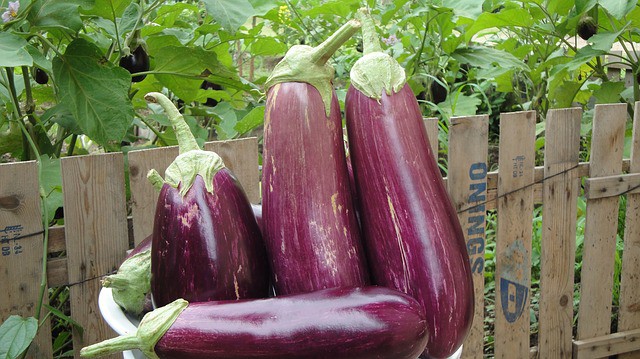
Eggplant is a delightful and beginner-friendly vegetable that can add a touch of elegance to your vegetable garden. These vibrant, purple-hued fruits are relatively easy to grow and can provide a bountiful harvest of flavorful produce.
To cultivate eggplant successfully, choose a sunny location with well-draining, nutrient-rich soil. Start the seeds indoors 6-8 weeks before the last expected frost date, then transplant the seedlings into the garden once the weather warms up. Provide the plants with consistent moisture and ample space to spread out, as eggplants can become quite large and bushy as they mature.
One of the benefits of growing eggplant is its versatility in the kitchen. From classic eggplant parmesan to roasted vegetable medleys and baba ghanoush, these versatile fruits can be prepared in a variety of delicious ways. Plus, with their vibrant colors and unique shapes, eggplants can add a touch of visual interest to any beginner’s vegetable garden.
Fennel
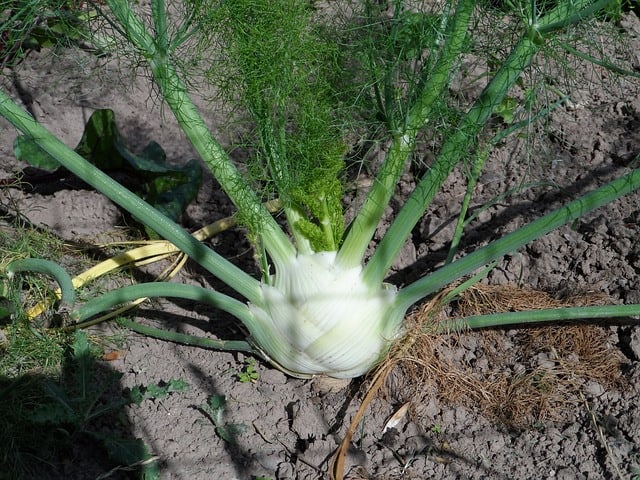
Fennel is a unique and flavorful vegetable that is well-suited for beginner gardeners. This aromatic, licorice-flavored plant is relatively easy to grow and can provide a bountiful harvest of fresh, crunchy produce.
To cultivate fennel successfully, choose a sunny location with well-draining, nutrient-rich soil. Sow the seeds directly into the ground, spacing them about 12-18 inches apart. Keep the soil consistently moist, and be sure to provide the plants with ample room to develop their large, bulbous bases.
One of the great things about growing fennel is its versatility in the kitchen. The crunchy bulbs can be enjoyed raw in salads, roasted, or sautéed, while the feathery fronds can be used as an aromatic herb in a variety of dishes. Additionally, fennel’s distinct flavor profile can add a unique and flavorful touch to your culinary creations.
Conclusion
By incorporating these final beginner-friendly vegetables – pea shoots, onions, eggplant, and fennel – into your vegetable garden, you can continue to expand your culinary horizons and enjoy a diverse array of fresh, homegrown produce. Each of these crops offers its own unique growing requirements, flavors, and uses in the kitchen, making


